The types of maps we use to study geography are
What are:
Political Map
Physical Map
Population Density Map
Climate Map
The two types of location we use to understand Geography are
Absolute and Relative Location!
The U.S recognizes [blank] amount of regions
Five!
A source created at the time an event happens
A source created after the event occurs
Primary Source
Secondary Source
The Calendar we used to use was the [blank] calendar and the Calendar we use now is the [blank] calendar
Julian, Gregorian calendar
The following map is an example of a :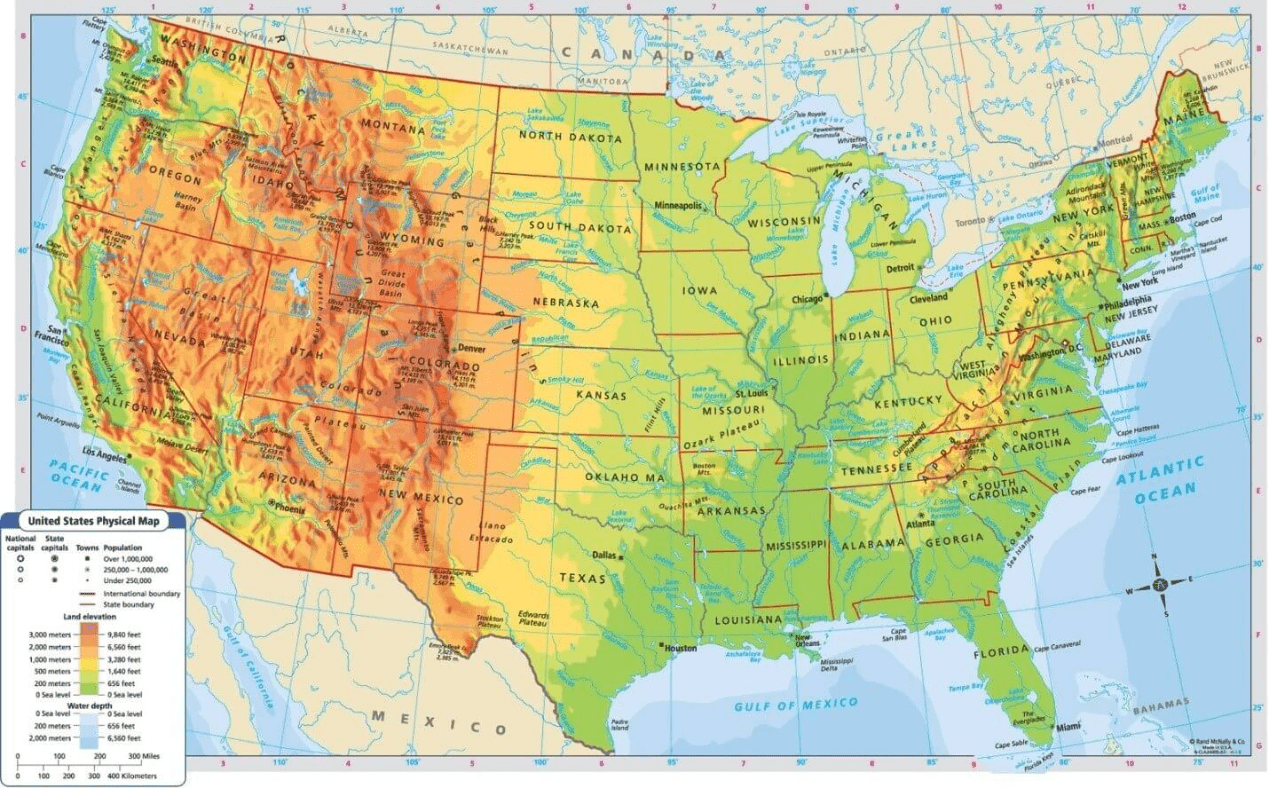
What is a Physical Map?
This map shows and example of a specific type of location that can be described as:
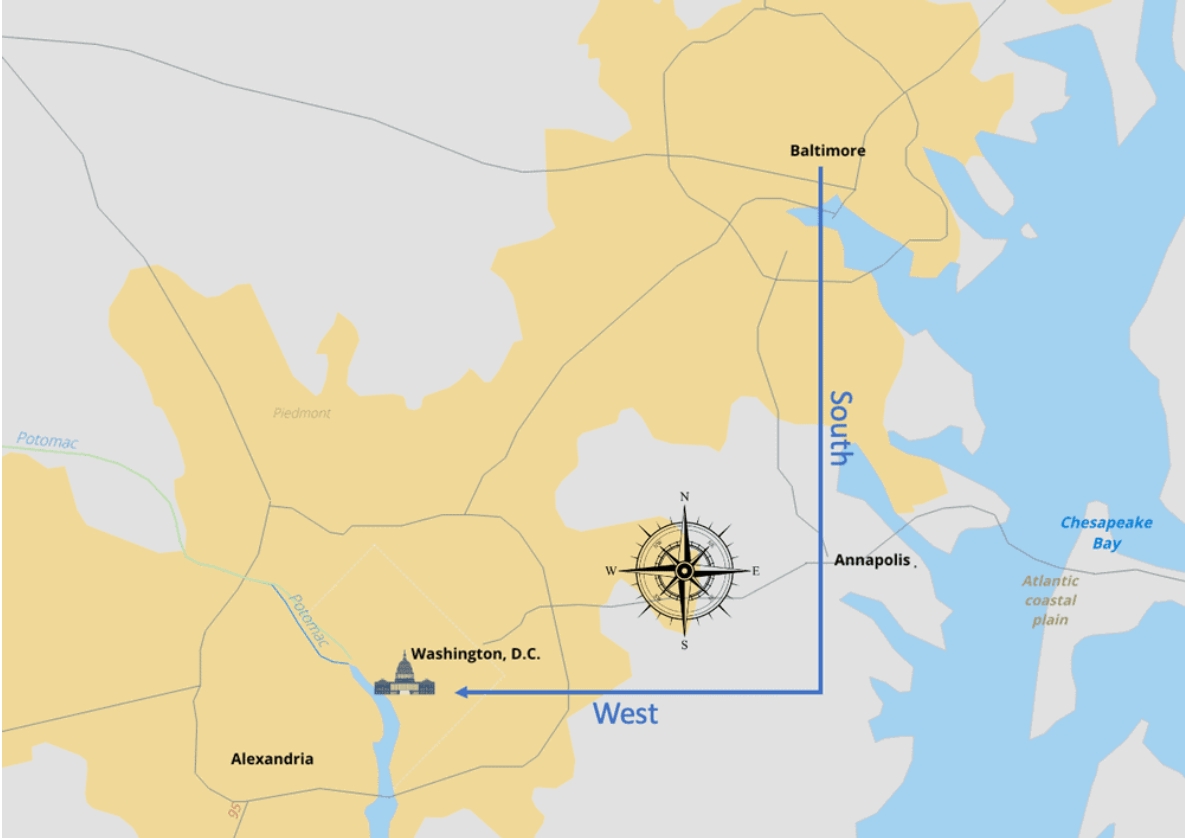
Realitive Location! Washington D.C. is Southwest of Baltimore or Baltimore is Northeast of Washington D.C.
The names of the five regions of the U.S. are
Northeast, Southwest, Southeast, Midwest and West
A photograph is an example of a [blank] source
Primary Source
The four branches of history are:
Archaeology
Economics
Anthropology
Sociology
A person who is looking to know where they have to cross the border to get from Germany to France would use a:
Political Map
Give an example of an absolute and a relative location!
Answers may vary!
This region of the U.S. has mountains, oceans, forests and deserts!
This region of the U.S. has the biggest influence of Mexican and Native American cultures!
The West!
The Southwest!
People should only read primary sources about historical events, never secondary sources. [True or False]
False!
Why did we switch from the Julian Calendar to the Gregorian Calendar?
Becuase the Julian Calendar had an extra 1/4 of a day every year which pushed the calendar back two months and affected the dates of the holidays in the catholic church?
This type of map shows the weather patterns of locations on Earth. Mapmakers will often use different colors to symbolize different temperatures and zones around the world. 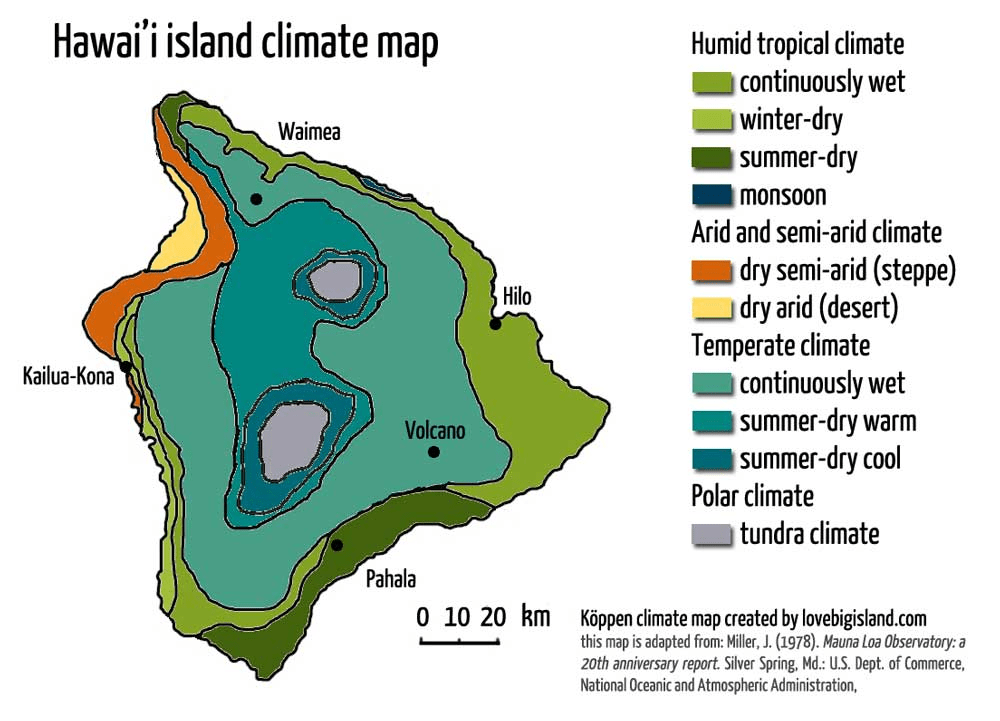
A Climate Map
The address 387 Urban St is the address of [blank]!
This is a [which type of location].
Persistence Prep Charter!! It is an absolute location.
This map shows the [blank] region of the U.S. 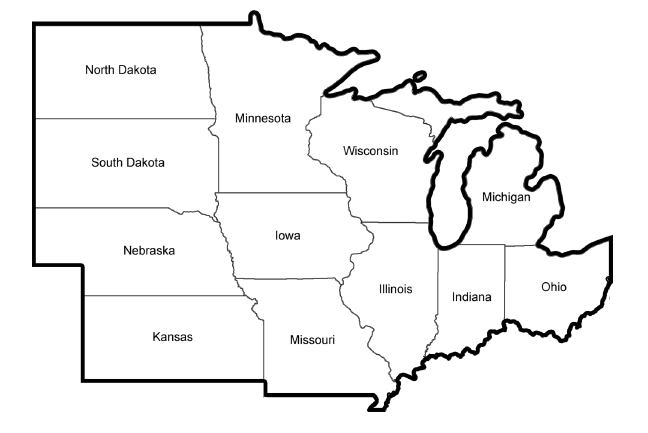
Midwest!
This picture is an example of a [blank] type of source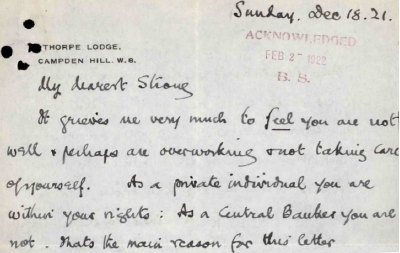
Primary Source!
This Branch of history uses artifacts like stones, jewlery, buildings, bones, etc. to study history.
Archaeology!
In your own words, identify the four types of maps and why we use each map!
Political Map- To understand the borders between countries, cities, staes, counties and more.
Physical Map- To understand landforms, waterway, and other features of the Earth's surface.
Population Density Map- To understand the number of people who live in specific geographic regions.
Climate Map- To show the weather patterns of locations on Earth.
Describe the difference between absolute and realtive location. Create an example of a relative location.
The difference between absolute and relative location is that one give a specific location and the other gives a general direction or area of a place! An example of a relative location would be [an address].
The name of each region in the U.S. in order of 1, 2, 3, 4, 5 is 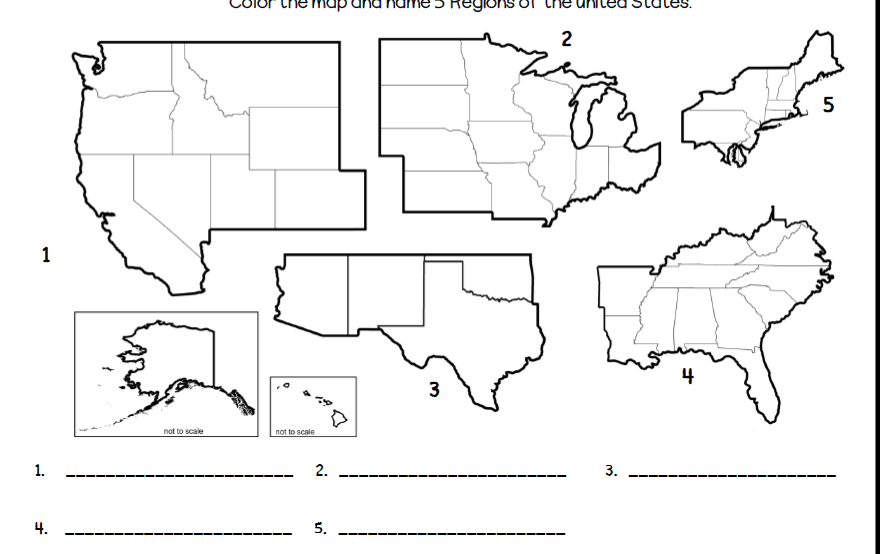
1. West
2. Midwest
3. Southwest
4. Southeast
5. Northeast
When learning about a historical event, why is it important ot analyze a wide variety of both primary and secondary sources?
It is important to analyze a wide variety of both primary and secondary sources because it provides different points of view and provides more context about what really happened.
Describe the four branches of history in your own words!
Anthropolgy: Study of human culture
Economics: Study of how people and nations make choices about how to use the resources available to them.
Sociology: The study of social behavior, or how people interact with each other?
Archaeology: The study of objects, buildings, etc. left behind by people.